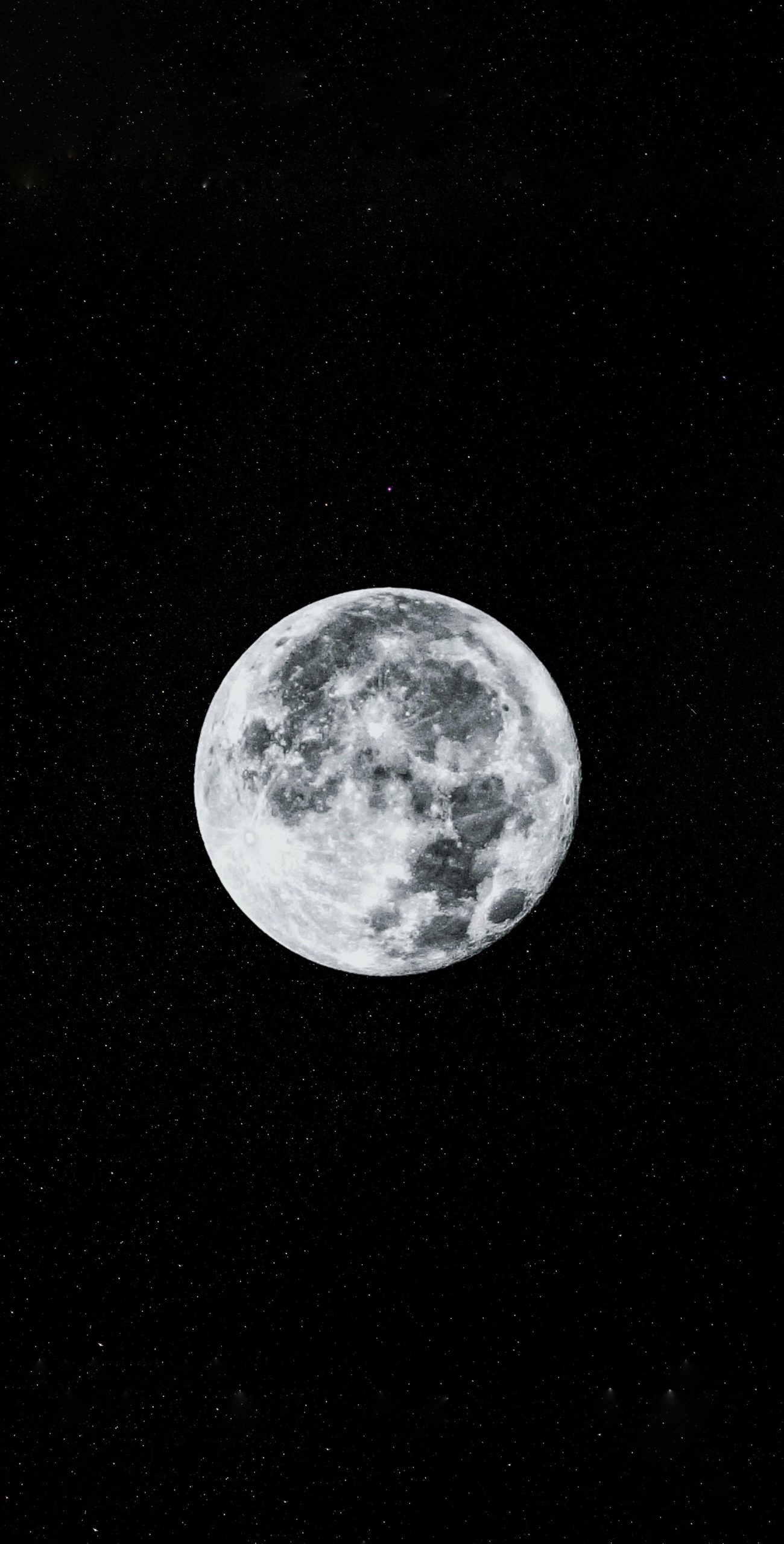What Does the Crescent Moon Look Like? Decoding the Intricacies of this Lunar Phase
When you gaze up at the night sky, it’s hard not to marvel at the beauty and wonder of the moon. As Earth’s closest celestial neighbor, the moon has captivated human beings for centuries, inspiring poets, artists, and scientists alike. Among its many phases, one that often catches our attention is the crescent moon.
The Birth of the Crescent Moon
The crescent moon is the result of the moon’s orbit around the Earth, combined with the angle at which we perceive it from our planet. As the moon travels along its elliptical trajectory, there are specific moments when it aligns with the sun and Earth in a way that results in a distinct crescent shape.
This alignment occurs during specific lunar phases, namely the new moon and the waxing crescent. During the new moon phase, the moon is positioned between the Earth and the sun, with the side that is illuminated by the sun facing away from us. In this configuration, we are unable to see the moon from Earth, creating a moment of darkness in the night sky.
As the moon continues its orbit, a slim crescent begins to emerge. This phase is called the waxing crescent and occurs when a small portion of the moon becomes visible from Earth. The illuminated portion of the moon appears as a delicate curve, reminiscent of a slender sliver or a graceful smile in the night sky.
The Shape and Orientation of the Crescent Moon
The shape of the crescent moon is often compared to a curved or tilted semicircle. Its distinctive curved lines gently flow, evoking a sense of tranquility and mystery. The precise shape and orientation of the crescent moon can vary depending on various factors such as the moon’s position in its orbit, Earth’s location, and the time of observation.
When the crescent moon is first visible after the new moon phase, it appears as a delicate arc of light. This curve gradually broadens as the moon’s position changes relative to the sun and Earth. At its widest point, the crescent can encompass up to 45 degrees of the moon’s surface.
Importantly, the orientation of the crescent moon is key to identifying its phase accurately. In the northern hemisphere, the illuminated side of the crescent appears on the right, resembling a “C” shape. Conversely, in the southern hemisphere, the crescent moon presents an inverted orientation, with the illuminated side on the left, resembling a reversed “C.”
The Color and Illumination of the Crescent Moon
When it comes to color, the crescent moon typically appears in shades of white and gray. Its brightening hues stem from the reflection of sunlight off the moon’s surface, making it visible to us despite the absence of direct sunlight during the night.
The intensity of this illumination depends on several factors, including the distance between the moon and the sun, the composition and reflectivity of the lunar surface, and the Earth’s atmosphere. Under optimal conditions, the illuminated portion of the crescent moon can shine with a soft glow, revealing intricate details and textures.
Mystical and Symbolic Significance of the Crescent Moon
Throughout human history, the crescent moon has held profound symbolism in various cultures and civilizations. Its enchanting form and ephemeral nature have inspired countless myths, legends, and religious beliefs.
For ancient Greeks, the crescent moon was associated with Artemis, the goddess of the hunt and the moon. In Islamic culture, the crescent moon represents the beginning of each lunar month and is used as a symbol of Islam. It can also be seen adorning flags, buildings, and other cultural artifacts.
Moreover, the crescent moon has become an emblem of femininity and fertility in many contexts. Its gentle, curved shape has led it to be associated with the goddesses of love and fertility, such as Aphrodite and Venus.
Observing and Appreciating the Crescent Moon
Gazing at the crescent moon can be a source of tranquility and inspiration. Whether you are a casual stargazer or an avid astronomer, observing the beauty of the crescent moon can provide a profound connection to the celestial world.
If you wish to observe the crescent moon in its full glory, pay attention to the lunar calendar and the specific phases when it is most visible. Find a location away from excessive artificial light and look towards the western or eastern horizon, depending on the time of day.
Using binoculars or a telescope can enhance your experience, allowing you to appreciate the intricate details of the lunar surface and the gentle curve of the crescent. Take the time to explore the moon’s features, such as its craters, maria (dark basaltic plains), and rugged mountain ranges. Each of these elements adds to the moon’s mesmerizing beauty.
In Conclusion
The crescent moon, with its delicate and graceful shape, continues to capture our imagination and inspire us to venture beyond the confines of Earth. Understanding the origins and characteristics of the crescent moon deepens our appreciation for its ephemeral existence in the night sky.
Next time you catch a glimpse of the crescent moon carving its gentle arc amidst the starry canvas, take a moment to acknowledge the wonder and mystery it represents. Let it be a reminder that the beauty of the universe is as vast as it is intricate, waiting to be explored.
Table of Contents
